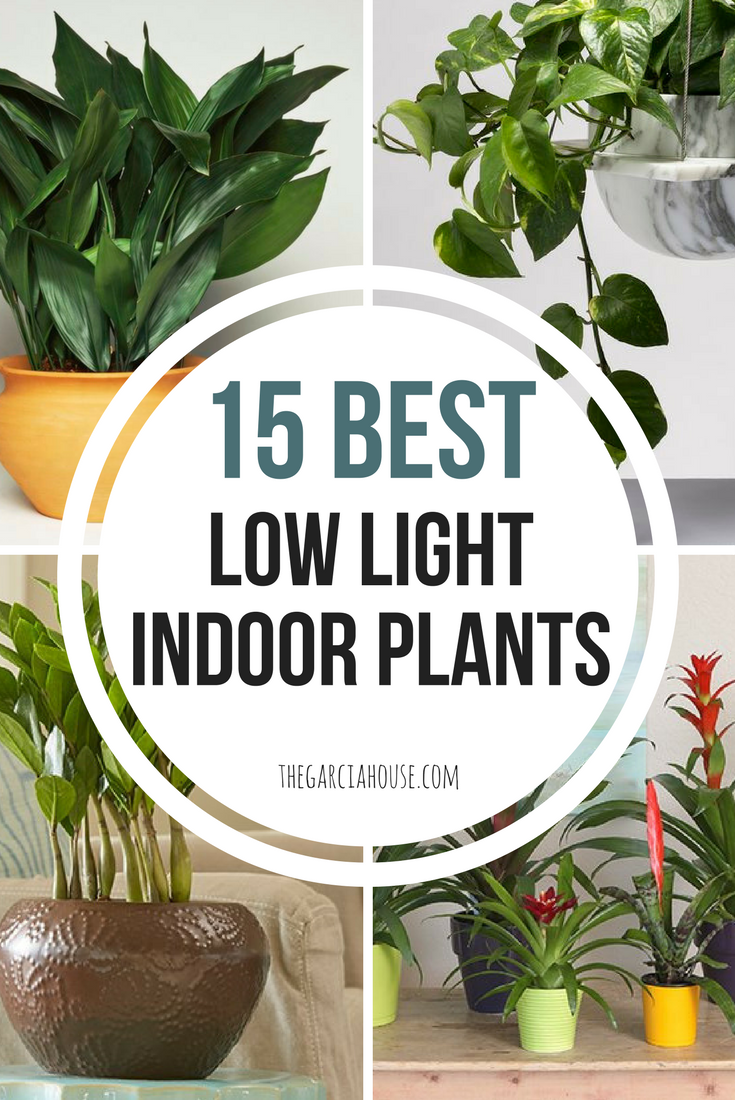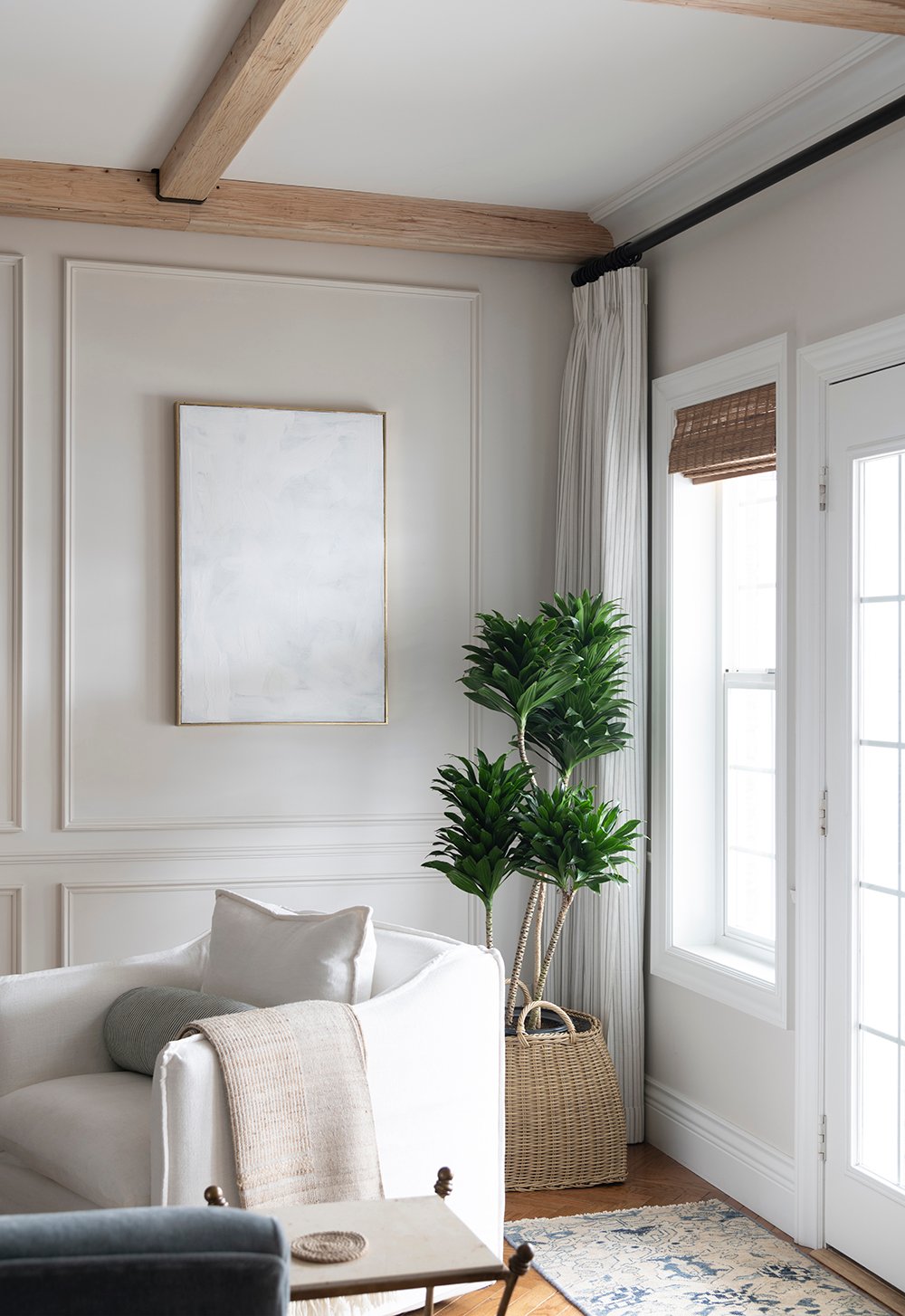Discover the Best Low-Light Indoor Plants for Your Home or Office Space
Discover the Best Low-Light Indoor Plants for Your Home or Office Space
Blog Article
Transform Your Home With Beautiful Low-Light Indoor Plants and Their Advantages
Incorporating low-light interior plants into your home can dramatically boost both the visual and ecological top quality of your home. These plants, which flourish in dim problems, offer not only as ornamental elements but likewise as all-natural air cleansers, making them optimal for city residents or those with minimal sunshine direct exposure. As we explore the different kinds of low-light plants and their benefits, you may discover unusual means to integrate them into your home that can change your surroundings in means you might not have expected.
Advantages of Low-Light Plants
Low-light plants offer numerous benefits for indoor atmospheres, making them an exceptional selection for both amateur and experienced gardeners. One of the main advantages is their versatility to low-light conditions, allowing people to boost their space without the need for substantial sunshine exposure. This particular makes them suitable for homes, offices, and various other areas with minimal natural light.
:max_bytes(150000):strip_icc()/lowlightplants01-e6ce112597f74b538fc83e28a39bf23b.jpg)
Furthermore, including low-light plants into home décor can boost the aesthetic charm of a space. Their lush foliage and differed appearances develop a relaxing ambience, adding to overall well-being. Finally, the presence of greenery has actually been linked to minimized stress and anxiety levels and boosted performance, making low-light plants a practical selection for enhancing both physical and mental wellness in indoor settings.
Leading Low-Light Indoor Plants
While numerous interior plants thrive in bright light, numerous varieties are especially well-suited for low-light conditions, making them excellent for numerous interior rooms. One popular choice is the Snake Plant (Sansevieria), understood for its striking upright fallen leaves and strength, calling for minimal treatment. Another excellent option is the Pothos (Epipremnum aureum), which includes heart-shaped fallen leaves and can track beautifully from shelves or hangers, thriving in reduced light and adding a lavish touch.
The ZZ Plant (Zamioculcas zamiifolia) is commemorated for its shiny leaves and capability to endure disregard, making it perfect for active way of lives. The Tranquility Lily (Spathiphyllum) not just endures low light but additionally creates stunning white blooms, improving any type of area's visual.
For a distinct touch, consider the Cast Iron Plant (Aspidistra elatior), which undoubtedly lives up to its name, prospering in the darkest corners of your home. Last but not least, the Chinese Evergreen (Aglaonema) supplies a selection of fallen leave patterns and shades while being remarkably flexible in low-light conditions. These plants not only beautify interior atmospheres however also add to air filtration, boosting your living area.
Care Tips for Low-Light Plants

Watering techniques are essential; these plants frequently prefer slightly completely dry problems. Overwatering can result in root rot, so guarantee that the leading inch of soil is dry before watering once again. Use pots with drainage openings to allow excess wetness to escape.
Humidity is an additional essential variable. Several low-light plants, such as ferns and peace lilies, advantage from higher humidity levels. To raise moisture, take into consideration misting the leaves or positioning a tray of water near the plants.
Fertilization should be approached with care. Throughout the expanding period, utilize a diluted, balanced liquid fertilizer every month to support development, but prevent fertilizing throughout the dormant winter season.

Creative Ways to Display Plants
Indoor plants can work as exciting prime focus in any kind of space, improving both aesthetic allure and atmosphere. Creative display screens can elevate the visual influence more tips here of low-light plants, making them an indispensable component of your home style. One reliable method is to utilize tiered plant stands, which allow you to display multiple plants at differing heights while maximizing flooring area.
Hanging planters are an additional ingenious option, developing a feeling of depth and attracting the eye up. Consider macramé hangers or wall-mounted shelves to present an one-of-a-kind texture and style.
For an extra organized technique, usage geometric terrariums or glass containers to house your plants, adding a contemporary touch her latest blog to your interior yard. You can additionally repurpose vintage items, such as teacups or wooden cages, for an eclectic screen that reflects your individuality.
Enhancing Home Setting With Plants
Incorporating low-light plants into your home not just enhances visual charm yet likewise adds substantially to the general atmosphere. These plants function as all-natural decor aspects, introducing a feeling of peace that can change any area. The presence of plant promotes a soothing ambience, which is specifically useful in high-stress settings such as home workplaces or living areas.
Low-light plants, such as snake plants, pothos, and ZZ plants, are not only visually pleasing but also enhance interior air top quality by filtering contaminants. This twin feature enhances the ambiance better, producing a much healthier space (Best low-light indoor plants). The calculated placement of these plants can also influence the perception of room; for circumstances, tall plants can attract the eye upwards, making ceilings show up higher and areas much more large
Furthermore, differing appearances and colors of foliage add deepness to interior decoration, enabling for imaginative expression in home designing. Whether positioned on racks, in edges, or as focal points, low-light plants can raise the mood of any kind of room. In summary, integrating these plants right into your home is a reliable way to foster a cozy, inviting environment while enjoying the benefits of boosted air high quality and visual adaptability.
Conclusion
Incorporating low-light hop over to these guys interior plants into home atmospheres supplies countless advantages, including improved visual charm and enhanced air quality. These resistant plants, such as the Serpent Plant and Tranquility Lily, require marginal light and upkeep, making them suitable for varied way of lives. Their ability to filter pollutants adds to a much healthier space, while their different textures and colors enhance indoor design (Best low-light indoor plants). Ultimately, the addition of low-light plants fosters a serene and welcoming setting, transforming any kind of home into a peaceful sanctuary.
While many interior plants grow in brilliant light, a number of types are specifically fit for low-light problems, making them optimal for different indoor areas. One efficient method is to utilize tiered plant stands, which enable you to display numerous plants at varying elevations while making best use of flooring area.
Low-light plants, such as snake plants, pothos, and ZZ plants, are not only visually pleasing but also improve indoor air quality by filtering toxins. Best low-light indoor plants. The strategic placement of these plants can additionally influence the assumption of space; for instance, tall plants can draw the eye upward, making ceilings appear greater and rooms a lot more large
These durable plants, such as the Serpent Plant and Peace Lily, need very little light and upkeep, making them suitable for diverse way of livings.
Report this page